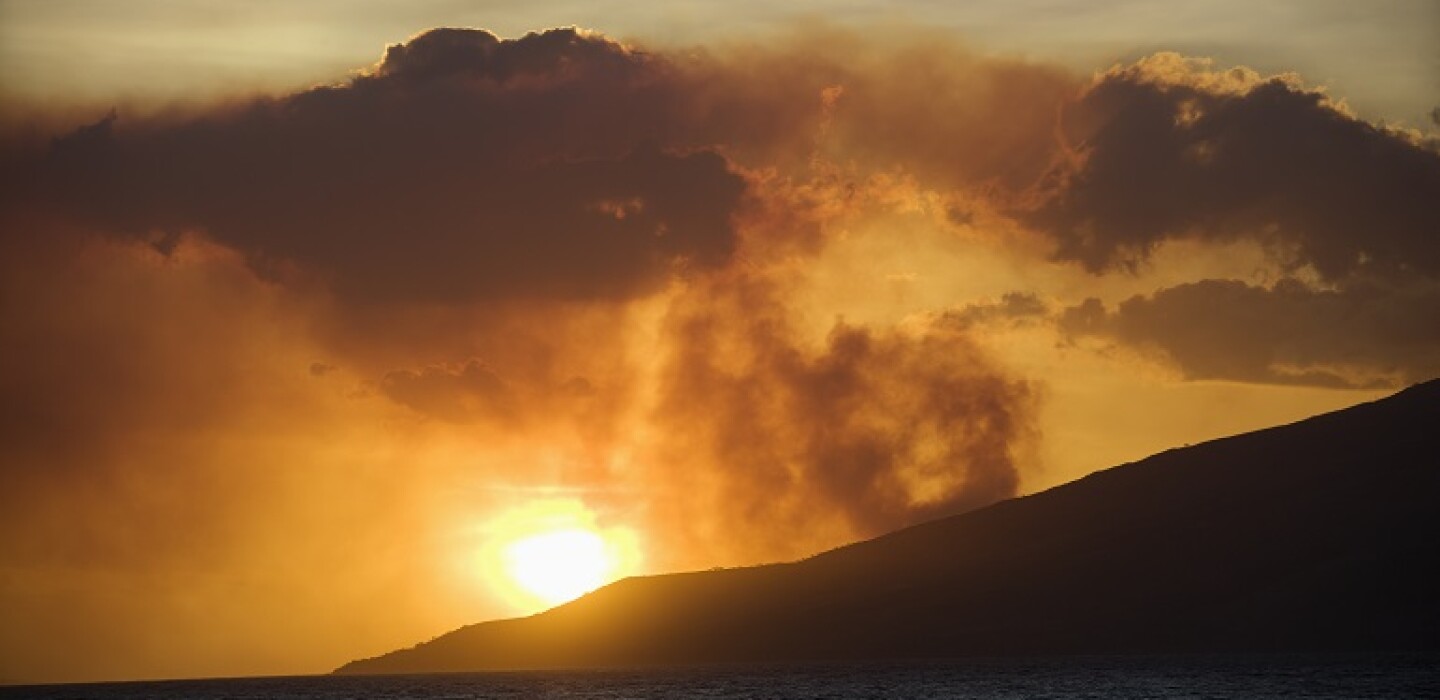
Hawaii’s Emergency Management Facilities Need Modernizing
(TNS) – State senators arranged for the media to tour two important state centers in need of modernizing Friday as a way to tout the need for the controversial and costly “First Responder Technology Campus” in Mililani.
The tour included the basement of the Kalanimoku Building on Punchbowl Street, which houses the roughly 50-year-old state Data Center, and the state Emergency Operations Center in an underground bunker built during World War I in Diamond Head Crater.
These two centers would be relocated to the Mililani tech campus, if it is built. The Legislature appropriated $50 million in its state budget bill to begin building the campus on agricultural land previously purchased by the state.
It goes to the governor for approval.
The plans for a First Responder Technology Campus for up to 19 federal, state and city law enforcement, fire, defense and other emergency response agencies has come under fire over the plan, which includes a hotel, retail space, a community center, an indoor shooting range, a driving course, a cybersecurity data center, housing, office, storage and meeting space, and tactical raid practice facilities.
Despite significant opposition against the budget measure due to many issues including the $315 million to $470 million development cost, state Sen. Donovan Dela Cruz, chairman of the Senate Ways and Means Committee, managed to keep it alive.
Dela Cruz (D, Mililani- Wahiawa-Whitmore Village), one of the biggest proponents for the proposed 243-acre technology campus, represents the area on which the campus is proposed to be built, and commented frequently during the tour.
At Diamond Head, the bunker where the governor; the Hawaii adjutant general, who oversees the Hawaii Emergency Management Agency, or HI-EMA; county representatives; and about 120 to 150 people gather when HI-EMA is activated, is clearly cramped.
The “nerve center” of operations, where screens show data from all islands, lacks the necessary viewing space for all, with only one seat per county.
And there is no room for other partner organizations such as the Red Cross and the Federal Emergency Management Agency.
HI-EMA says the reinforced concrete construction built into the crater wall complicates maintenance and improvements, but it says the cost and engineering required to renovate would be prohibitive.
Moving the HI-EMA headquarters to Mililani would put it outside urban Honolulu and farther from the governor, who lives and works in Honolulu, and for other key personnel who must travel to Mililani in Central Oahu, not necessarily considered central to many living and working on Oahu.
But HI-EMA Administrator Col. James Barros said a helipad would allow the governor to arrive by helicopter. And nearby Wheeler Army Airfield could serve those arriving from the neighbor islands.
The state Data Center, built in the 1970s, appears frozen in time, although it houses computer systems, cybersecurity operations and extensive communications networks used by state agencies and departments.
As an example of its many problems, its aging air-conditioning system leaks often.
And when a small portion of the flooring was opened, a tangle of wiring was revealed. IT service operations officer Tom Ku of the Office of Enterprise Technology Services said it would be almost impossible to trace the miles of cabling running under the flooring to determine what is live, which he estimated at 30% of the total.
The center is at risk of flooding because it is in the basement located below the water table, prone to power outages and is in the extended tsunami inundation zone.
Although most of several major computer systems and backup disaster recovery and business continuity services data have been moved to local remote locations and mainland- based cloud services, the state says “it needs a dedicated, robust and secure technology facility to coordinate and manage those on-site computing resources, communication networks and cybersecurity services.”
“The state of Hawaii executive branch departments need a consolidated secure data center that meet all of the requirements of a modern technology facility that better protects state information from data loss and cyberattacks. The aging facilities in the Kalanimoku Building and other state buildings no longer meet those requirements,” said state Chief Information Officer Doug Murdock. “We depend on our computer systems to provide essential services to the people of Hawaii and investment is needed to ensure resilience and continuity of services. The First Responders Technology Campus will address each of these needs.”
___
©2023 The Honolulu Star-Advertiser
Distributed by Tribune Content Agency, LLC.


Average Rating